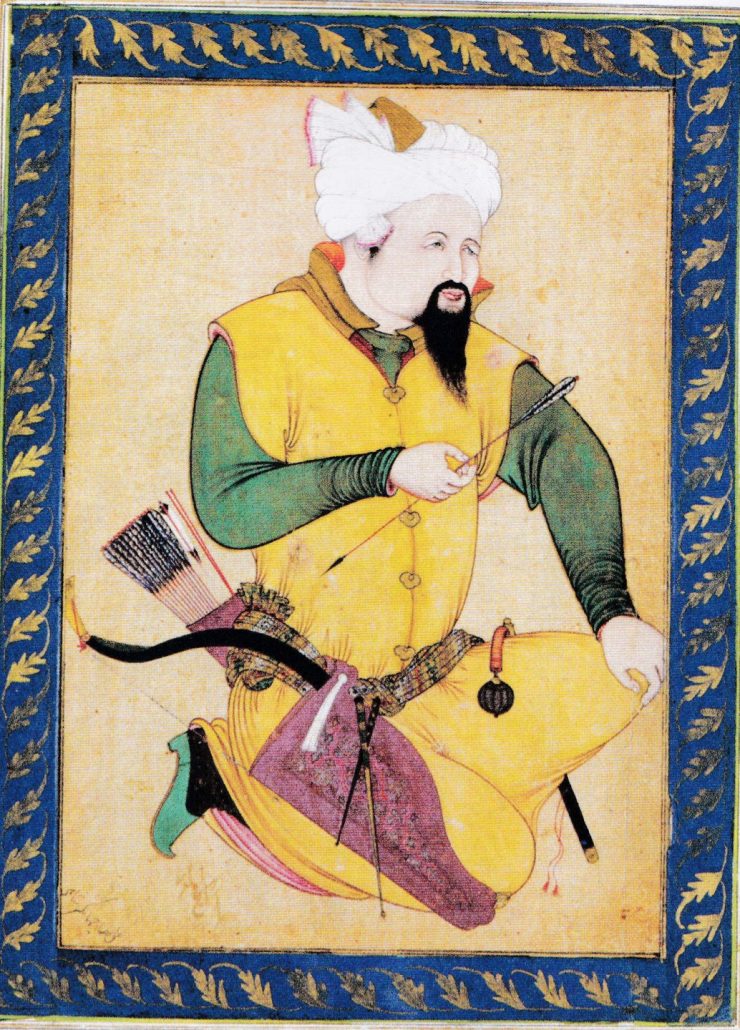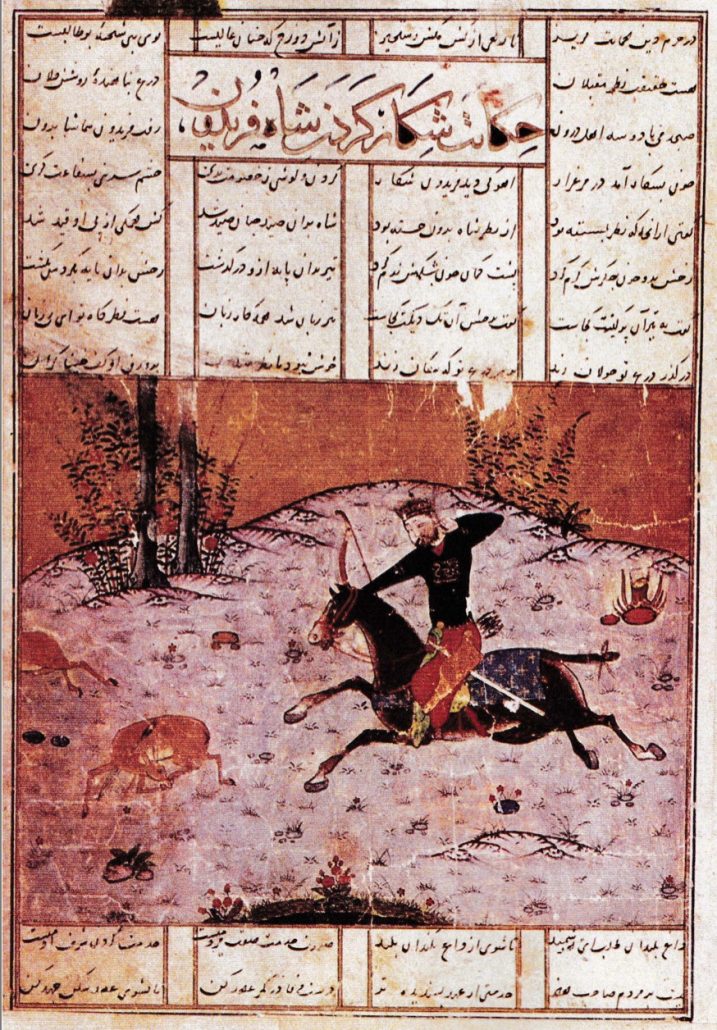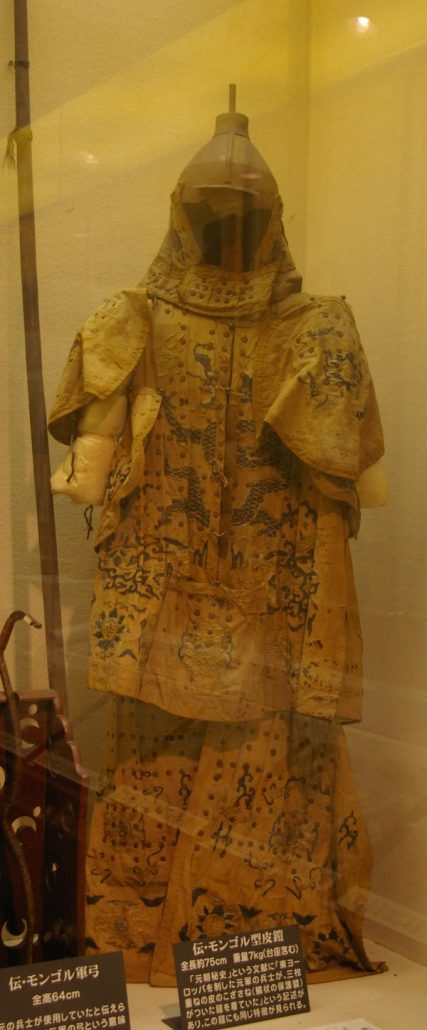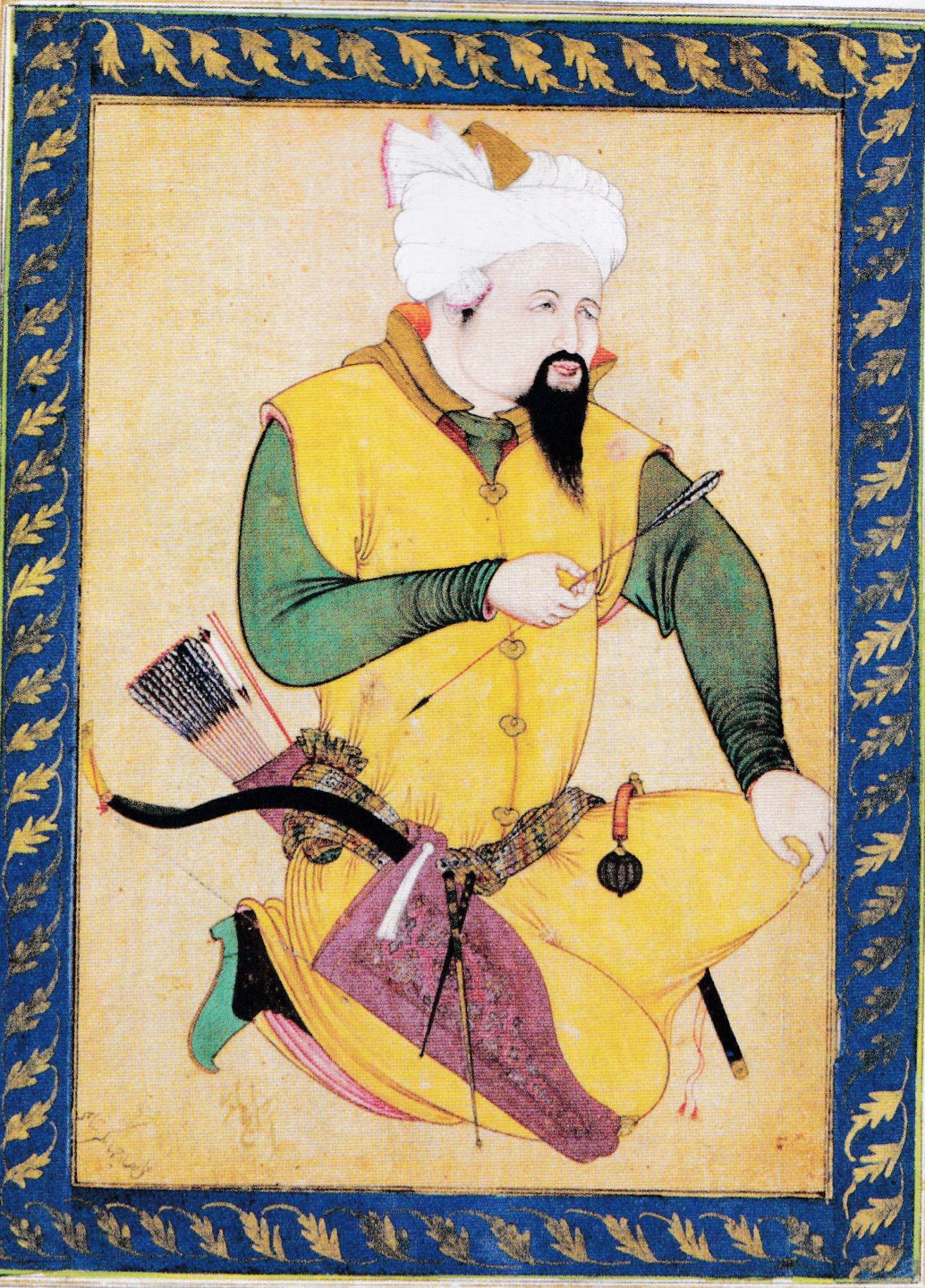The British Military History Monthly Journal of July 2017 features an article by Kaveh Farrokh on the armies of the Mongols:
Farrokh, K. (2017). The armies of the Mongols. Military History Monthly, July Issue 82, pp.36-41.
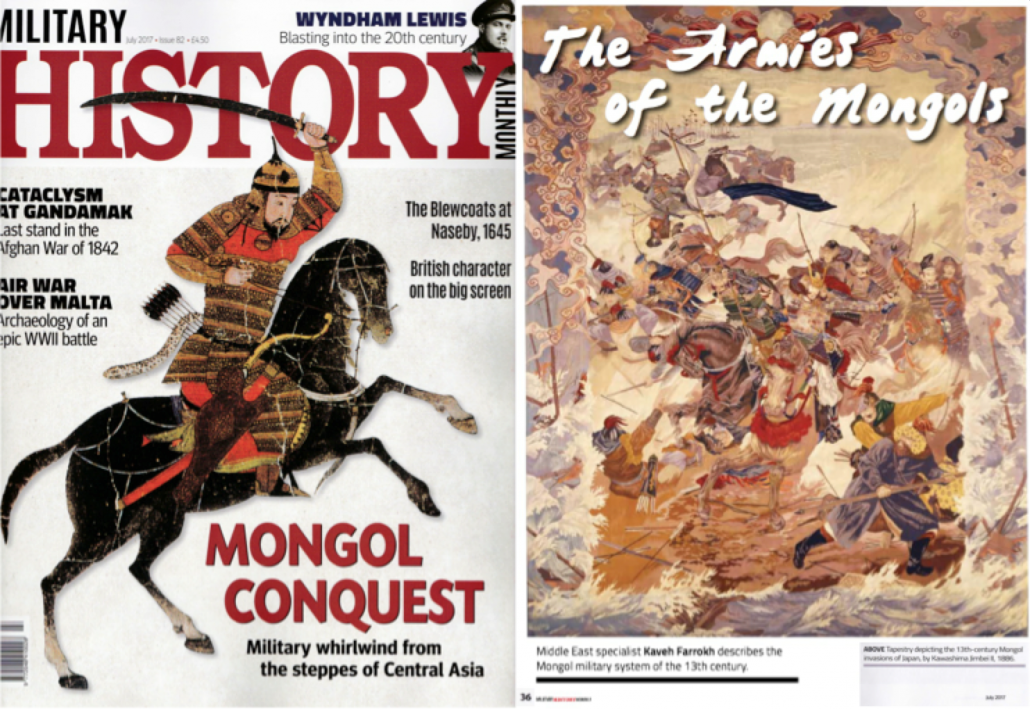
As noted in the article: “From the highest khans to the lowliest tribesmen, Mongol warriors would be capable of the most elaborate and coordinated combined-arms operations on the battlefield – partly due to relentless peacetime training, partly to the practice of the hunt, a regular form of military or ‘live fire’ exercise, with bows and other weapons as well as equestrian skills in use against dangerous prey”. A contemporary image of a Mongol or Turkic archer with a recurved composite bow; long-range skirmishing and archery were fundamental to the steppelands way of war (Source: Military History Monthly, July 2017). The article also provides an overview of the tactics, armaments and key characteristics of the armies of the Mongols. It is further averred in the article that: “…scholars attribute Mongol successes to a combination of exemplary tactics, tight discipline, and exceptional command and control“. A contemporary image of a Persian horse archer; the warfare of Mongols, Turks and Persians alike was based on horsemanship and archery (Source: Military History Monthly, July 2017). The Mongol armies of Genghis Khan perfected the stratagem “march divided, attack united”. Uniform and helmet of a Mongol-Yuan warrior during the failed Mongolian invasion of Japan (Source: Public Domain).